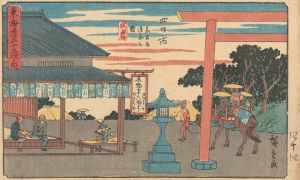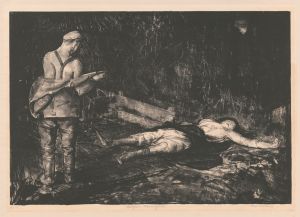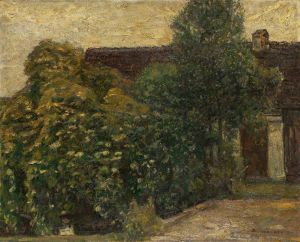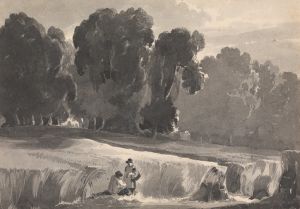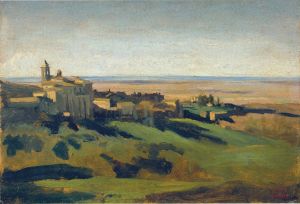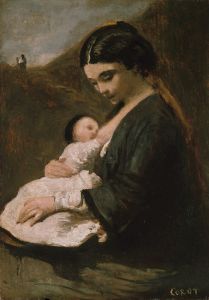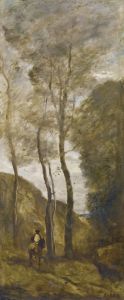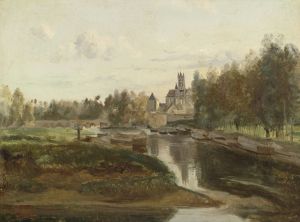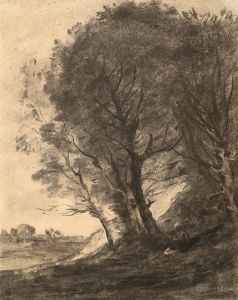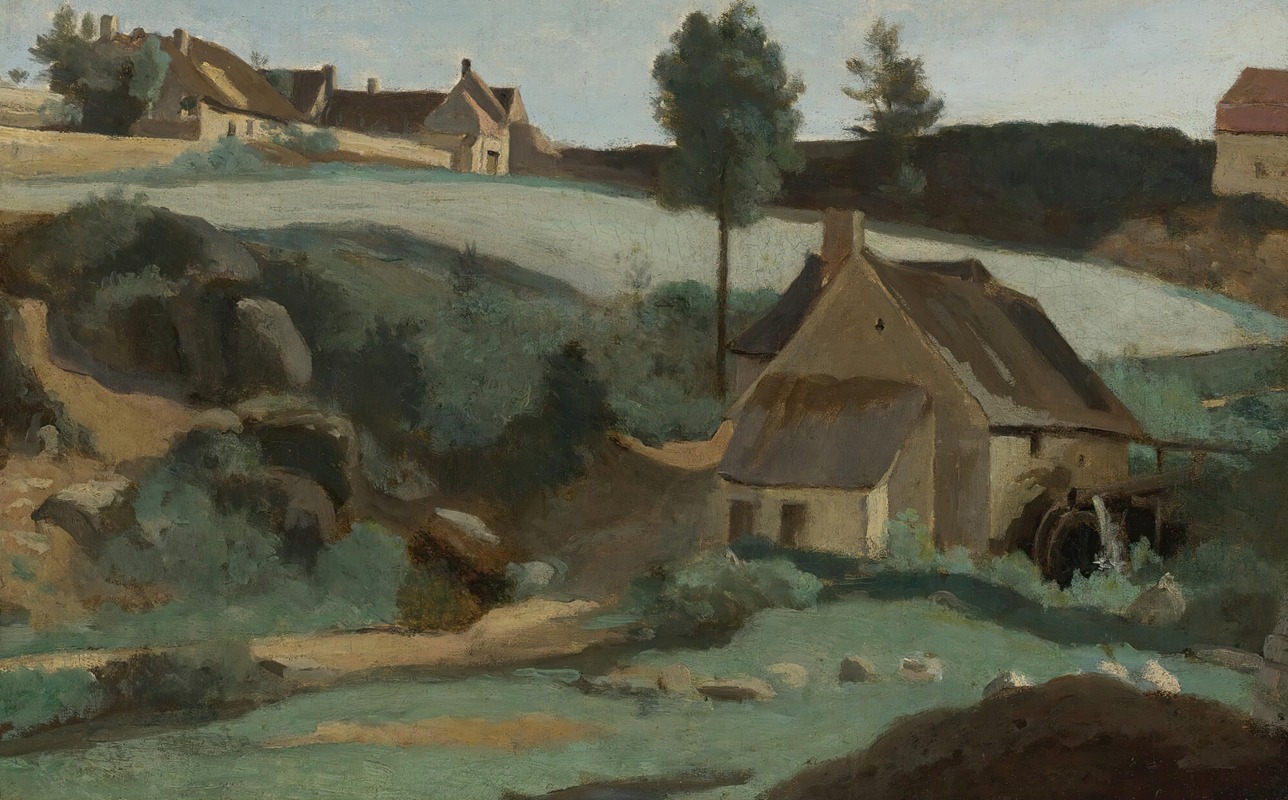
Morvan, Petit Moulin
A hand-painted replica of Jean-Baptiste-Camille Corot’s masterpiece Morvan, Petit Moulin, meticulously crafted by professional artists to capture the true essence of the original. Each piece is created with museum-quality canvas and rare mineral pigments, carefully painted by experienced artists with delicate brushstrokes and rich, layered colors to perfectly recreate the texture of the original artwork. Unlike machine-printed reproductions, this hand-painted version brings the painting to life, infused with the artist’s emotions and skill in every stroke. Whether for personal collection or home decoration, it instantly elevates the artistic atmosphere of any space.
Jean-Baptiste-Camille Corot, a pivotal figure in landscape painting, created "Morvan, Petit Moulin" during the 19th century. Corot is often associated with the Barbizon School, a group of painters who were instrumental in the development of naturalistic landscape painting. His work laid the groundwork for the Impressionist movement, and he is celebrated for his ability to capture the transient effects of light and atmosphere in his landscapes.
"Morvan, Petit Moulin" is one of Corot's many works that exemplifies his mastery in depicting serene and idyllic rural scenes. The painting features a small mill, or "petit moulin," situated in the Morvan region of France. The Morvan is a mountainous area located in the Burgundy region, known for its lush forests and rolling hills, which provided ample inspiration for Corot's landscapes. This setting allowed Corot to explore the interplay of light and shadow, a hallmark of his style.
Corot's technique in "Morvan, Petit Moulin" reflects his transition from the neoclassical style of his early career to a more naturalistic approach. He often painted en plein air, or outdoors, which was a relatively novel practice at the time. This method enabled him to observe and capture the nuances of natural light and the subtleties of the landscape directly onto the canvas. His brushwork in this painting is both delicate and expressive, with a soft palette that conveys the tranquility of the rural setting.
The composition of "Morvan, Petit Moulin" is carefully balanced, with the mill positioned as a focal point amidst the surrounding natural elements. Corot's use of perspective and depth draws the viewer's eye into the scene, inviting them to explore the peaceful countryside. The trees and foliage are rendered with a gentle touch, emphasizing the harmony between human structures and the natural world.
Corot's influence on later artists cannot be overstated. His approach to landscape painting, characterized by a focus on mood and atmosphere rather than precise detail, paved the way for the Impressionists. Artists such as Claude Monet and Camille Pissarro admired Corot's work and were inspired by his ability to convey the ephemeral qualities of nature.
"Morvan, Petit Moulin" is a testament to Corot's skill in capturing the essence of the French countryside. It reflects his deep appreciation for nature and his ability to translate that appreciation into art that resonates with viewers. Today, Corot's works, including this painting, are held in high regard and can be found in major museums and collections around the world, where they continue to be studied and admired for their contribution to the evolution of landscape painting.
In summary, "Morvan, Petit Moulin" is a quintessential example of Jean-Baptiste-Camille Corot's landscape painting, showcasing his ability to blend natural observation with artistic expression. Through his innovative techniques and profound influence on subsequent generations of artists, Corot remains a central figure in the history of art.






